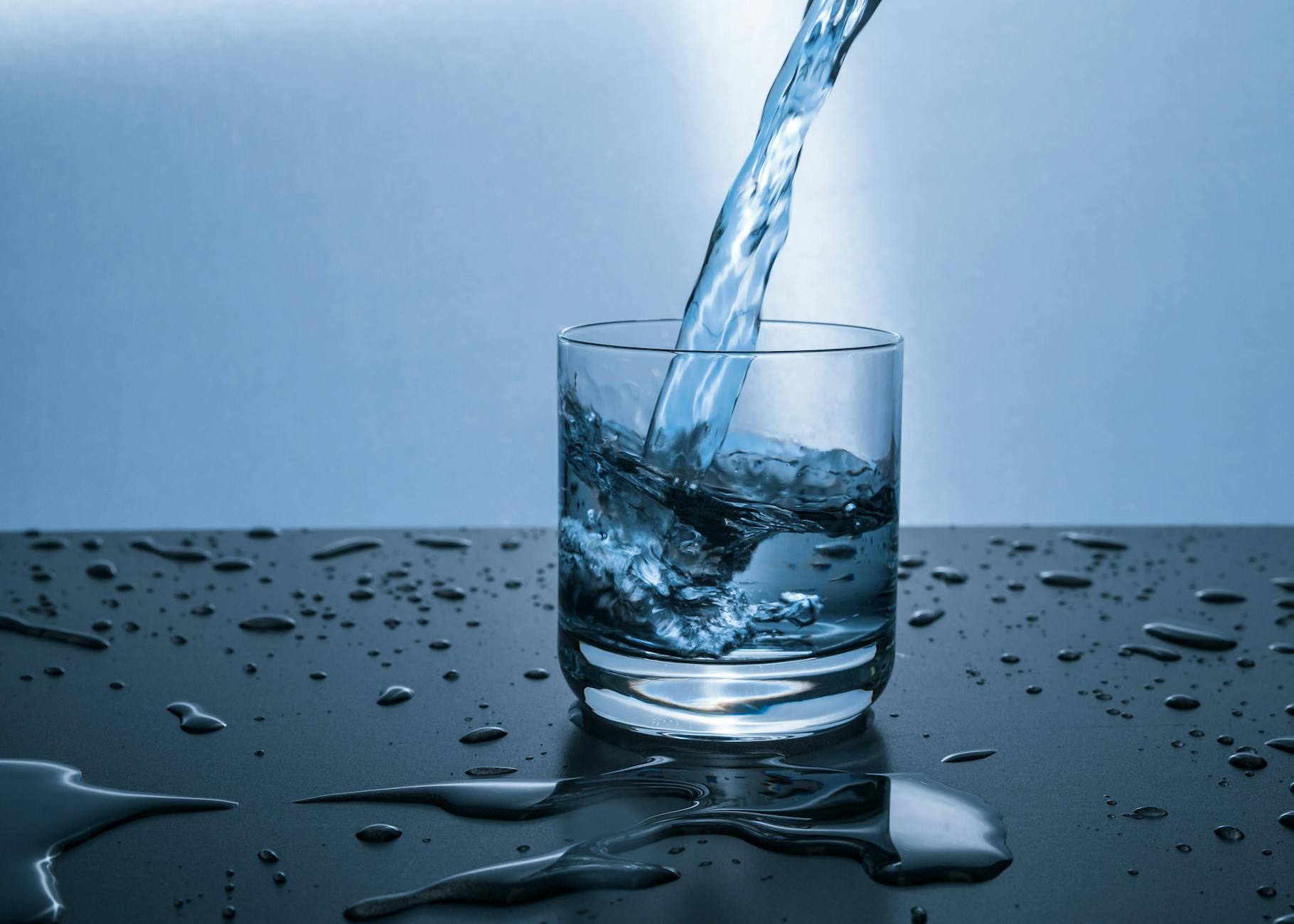Understanding Cooking Measurements
Cooking’s magic often starts with getting those pesky measurements just right. Whether you’re a master chef or just figuring out how to toast a slice of bread without charring it, nailing the numbers is the secret sauce to a tasty dish every time.
Importance of Accurate Measurements
If recipes were adventures, measurements would be your map. Even a little slip-up in the ingredient department can turn a promising dish into a soggy flop or a crunchy catastrophe. Think of it like this: adding the perfect amount of flour is a bit like choosing the right shoes for a hike—get it wrong, and everything might go downhill fast. Accurate measurements are your trusty guide to consistent and repeatable kitchen victories.
Cooking’s chemistry revolves around striking that sweet spot where flavors mingle and party in your mouth just right. Stick to measurement rules, and you steer clear of bland disasters or mishaps that might surprise you more than the guests. Instead, you’ll be whipping up masterpieces that celebrate your inner cook.
Common Cooking Measurement Conversions
Mixing up measurements is pretty common as you stroll through cooking land. Whether you’re doubling Grandma’s cookie recipe or finding just the right ingredient swap, knowing conversions is your ticket to keeping the dish’s mojo intact. Here’s a cheat sheet to keep handy:
| Measurement | Equivalent |
|---|---|
| 1 cup | 16 tablespoons or 8 fluid ounces |
| 1 tablespoon | 3 teaspoons |
| 1 fluid ounce | 2 tablespoons |
| 1 pint | 2 cups or 16 fluid ounces |
| 1 quart | 4 cups or 32 fluid ounces |
| 1 gallon | 4 quarts or 16 cups |
Once you’ve got these down, you can breeze through recipes and tweak them to fit your taste or dietary quirks. Conversion skills open doors to trying out new culinary wonders and dabbling in fresh flavors and cooking tricks.
Grasping cooking measurements isn’t just a handy skill; it’s like having a kitchen superpower. Knowing the “why” and “how” behind accurate measuring and switching between units makes you bolder in the kitchen. Welcome to a tasty adventure where you invite a variety of delicious eats to dance across your dinner table.
Exploring Water and Grams
Getting the right measurements is crucial when cooking or baking. This ensures those cookies come out just like grandma’s. Let’s break down how many grams you get with a cup of water, and how you can swap between cups and grams, whether it’s for water or other goodies.
How Many Grams in a Cup of Water
Water’s density gives us a nifty standard to help with kitchen calculations. So, when you’ve got a cup of water, you’re holding about 240 grams. This trusty conversion is your go-to for whipping up dishes where water is a must.
To put it plainly, here’s a quick look at the grams you’ll find in various water amounts:
| Water Measurement | Grams |
|---|---|
| 1 cup | 240 g |
| 1/2 cup | 120 g |
| 1/4 cup | 60 g |
| 1 tablespoon | 15 g |
| 1 teaspoon | 5 g |
Converting Cups to Grams for Water and Other Goodies
Swapping between cups and grams comes in handy with different ingredients, each with its own heft. While water’s a given, flour, sugar, butter, and more won’t quite match up the same. Check this out for some go-to kitchen staples and how they tip the scale:
| Ingredient | Cups to Grams Conversion |
|---|---|
| All-Purpose Flour | 1 cup = 120 g |
| Granulated Sugar | 1 cup = 200 g |
| Butter | 1 cup = 227 g |
| Rolled Oats | 1 cup = 90 g |
| Milk | 1 cup = 240 g |
Grasp these conversion secrets and your dishes will land spot on, whether you’re crafting pastries, simmering soup, or stirring up a sauce. For more kitchen cheats on measurements and converting ingredients, dive into our detailed guide.





